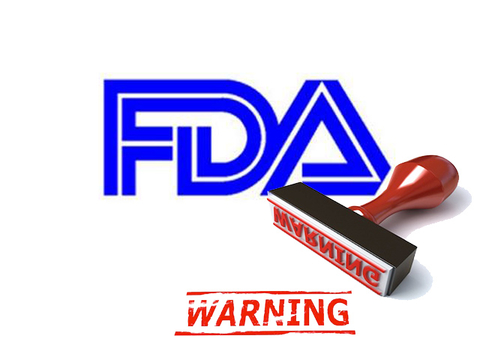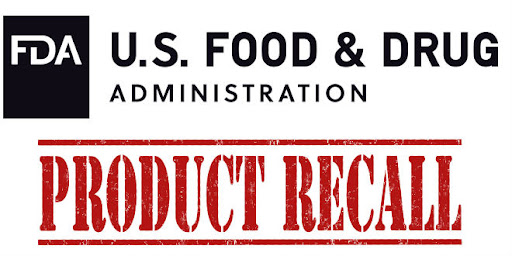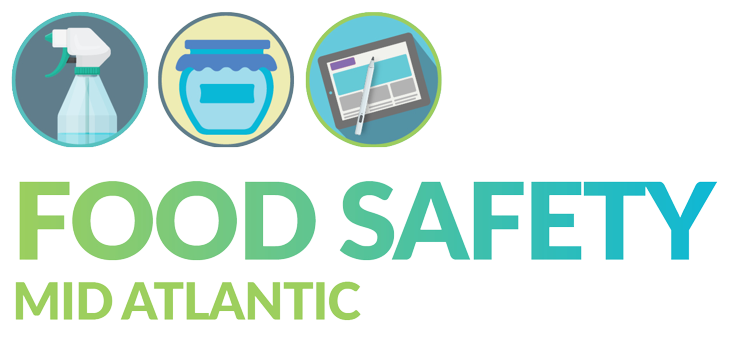
The hard truth of operating a food business is that food recalls are inevitable. However, they don’t have to be a death sentence for your operation or something that keeps you up at night. With a strong recall plan in place, you’ll be able to react to a recall with calm and confidence.
A recall plan contains all the information you need to enact a swift product recall. The faster you can respond to an issue and the more transparent you are as you do so, the less dramatic the fallout will be.
Recalls are scary, but a good food-safety focused recall plan is the first step to overcoming your fear. In this blog post we will review the classes of recalls, the potential costs of recalls, the benefits of a recall plan, and how to ensure a recall is well-managed.

What is a recall?
A recall is the action taken by a producer to remove a product from the market when they believe it will cause harm to consumers. Recalls can be voluntary and self-administered or mandatory as required by a government agency such as the FDA.
You may need a recall due to errors that occur within your own facility such as mislabeling a product. However, you can also be part of a recall due to errors that occurred along the supply chain. If you make a product using an ingredient that has been recalled, you will be required to recall those products.
The main reasons for recalls include:
- The presence of pathogens or harmful bacteria in the food product
- Foreign objects such as glass, metal or plastic in the food product
- Mislabeling of the food product such as not mentioning a major allergen on the label
These issues may be discovered through internal testing as part of routine food safety procedures, upon request from a government agency, or as a result of testing stemming from repeat customer complaints. However the recall is discovered, it should be dealt with in the same manner using the same recall plan.
The FDA defines three classes of recalls:
- Class I – Use of or exposure to the food will result in serious consequences such as severe illness or death. Examples of a class I recall include the presence of botulism in a product or mislabeling of an allergen such peanuts
- Class II – Use of or exposure to the food will result in temporary, treatable illness and there is not a high probability of severe negative health effects. Examples of a class II recall include a bad seal on a product causing mold or bacteria to grow or norovirus contamination of a food.
- Class III – Use of or exposure to the food is unlikely to cause illness or injury but is still incorrect in some way. Examples of a class III recall include damaged packaging that doesn’t impact the safety of the food or mislabeling of an ingredient that isn’t a known allergen.
All classes of recall require the action of removing products from the market, however the process to handle and recover from a class I recall is more intensive than that from a class III.
All Food Recalls Have Costs
Recalls are not cheap. The estimated cost for the average recall is $10 million, which does take into account recalls for every size business. Therefore, the costs may be less for a small business, but even so, if not handled well, a recall can destroy your business.
The costs associated with a recall extend far beyond the price of calling product back and destroying it. Loss of sales and damage to reputation can cause your business to take a huge financial hit. Likewise, the costs of professional services such as a PR firm and lawyers can add up quickly.
Unfortunately, there is no quick, cheap way to handle a recall. However, having a good plan in place will make the process smoother and hopefully limit costs as much as possible.
A Strong Recall Plan is a Business Owner’s Best Friend
When you get that inevitable call from a customer or a vendor telling you that there’s a problem with an order or ingredient, or when your routine tests come back showing an issue, you don’t want to be in a panic. Panicked thinking can lead to further errors or more of a mess to clean up later.
With a strong recall plan in place, you can go into plan mode rather than panic mode.
A good recall plan includes:
- All the names and numbers of people who need to be notified about the recall including:
- Customers
- Local Food Safety Officials
- Federal Food Safety Officials
- Lawyers
- A PR Firm
- A list of the records that need to be accessed to trace the affected product
- The procedure for how to locate all of your recalled product and remove it from the market
- The steps that need to be taken to locate the source of the issue and prevent it from occurring moving forward
- A draft press release and letter announcing the recall that requires only simple edits before it can be sent out
The recall plan will include all the information needed to execute a successful recall and prevent the product from causing any more harm.
A Recall Plan means a Well Managed Food Recall
A well managed recall is key to business recovery.
The first step in a well managed recall is to take a deep breath. Remind yourself that you have a good recall plan in place and you don’t need to panic.
Once you’ve calmed yourself down a bit, immediately put all other business on hold and begin to implement your plan. Call in your professionals including your lawyer, PR support, and food safety consultant. Alert the FDA. Find out where the problem originates and start doing recourse analysis to determine how to fix it.
Carefully follow the steps of the recall plan until you’re sure that all products have been found and removed from the market. Then, take corrective action to prevent the issue from occurring again. In the case of mislabeling, this may just look like shredding old labels and creating a new label storage system. In the case of pathogens, you may need to go over the whole facility and redo your food safety plans.
Whatever the issue is, make sure to be as transparent as possible throughout the whole process. This is the best way to rebuild customer trust and ensure that your business survives.
Recalls are no fun. They can be stressful, scary, and potentially a death sentence for your business. They are also inevitable. The best way to weather a recall is to be prepared before the issue arises. Create a strong recall plan, follow your food safety procedures, and document everything. Then, when a recall is needed, you’ll be able to approach it calmly rather than panicking.
If you need support creating a recall plan, carrying out a mock recall, analysis of what happened after of a recall, or just reviewing your general food safety procedures, we’re here to help. Schedule a free consultation today!

